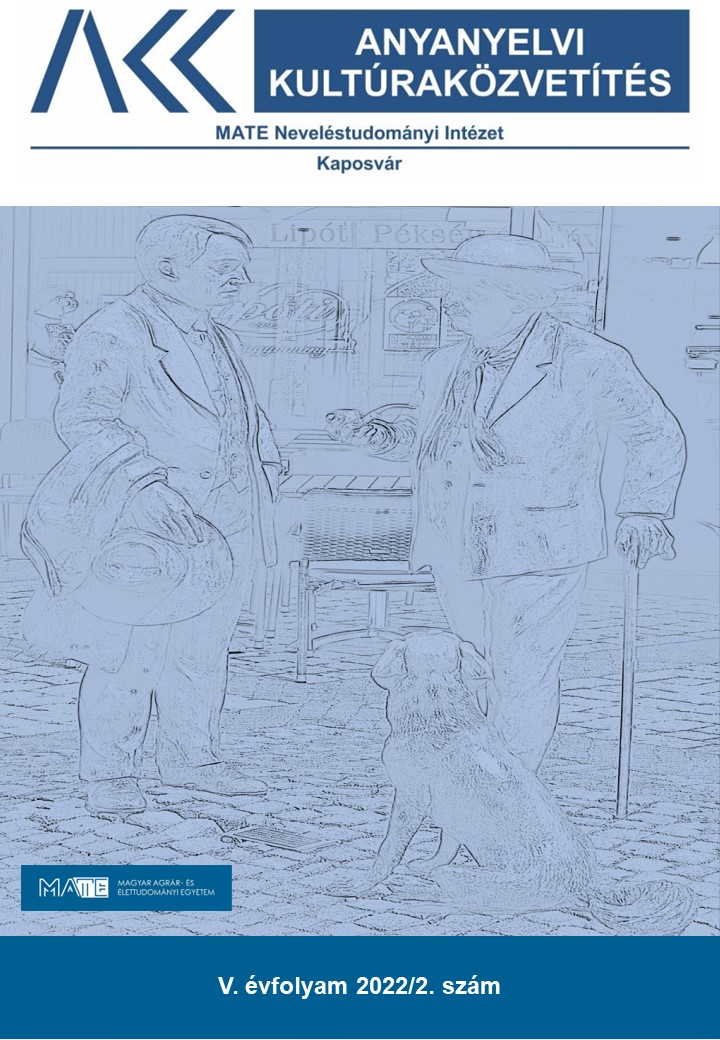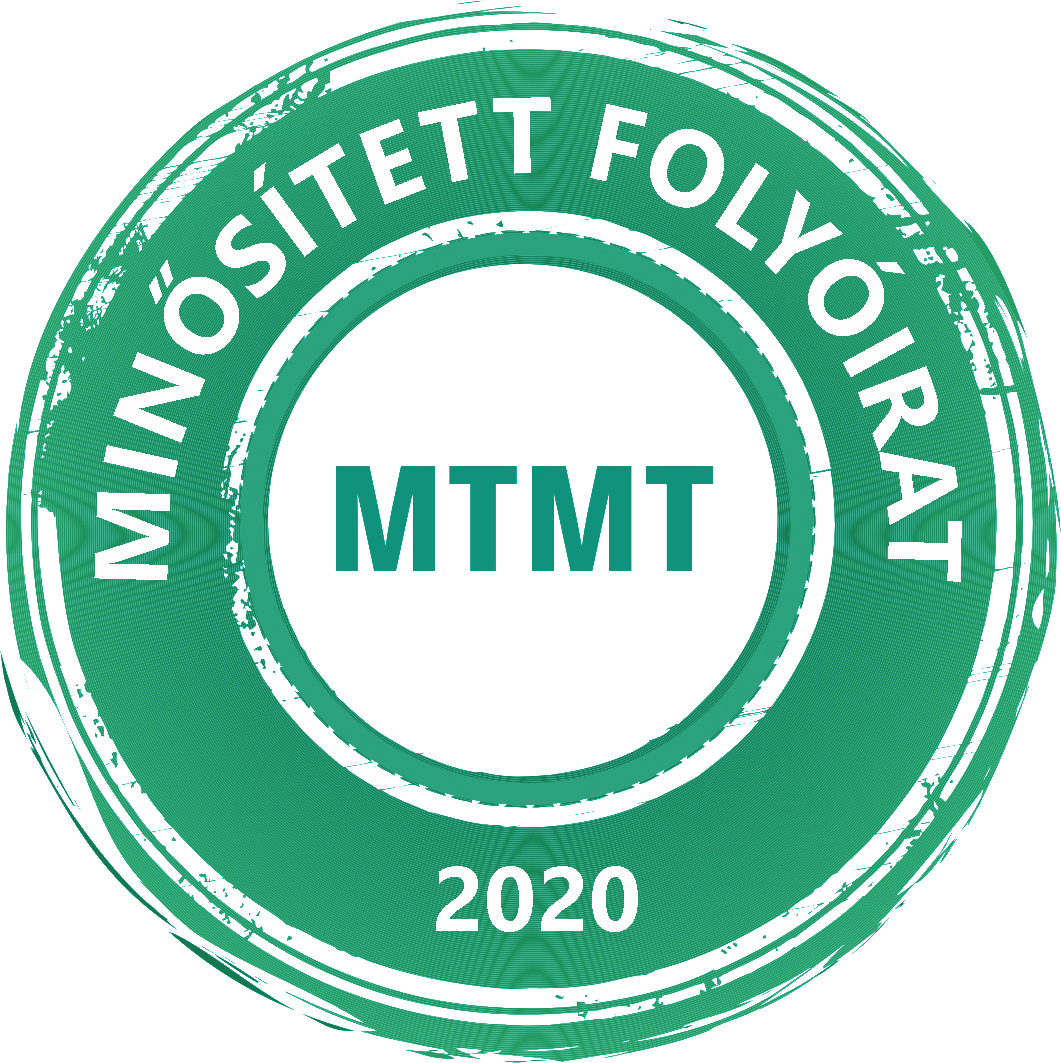The History Salesman, or How (not) to Teach History via Graphic Novels.
Part One
DOI:
https://doi.org/10.33569/akk.3375Keywords:
educational comics, graphic novel, macrohistory, Yuval Noah Harari, critique of ideology, critical pedagogyAbstract
This is the first part of a paper examining and assessing, as a tool for education, the published volumes of the graphic novel adaptation of Sapiens, Yuval Noah Harari’s popular science book on world history.
In the first part, appearing here, we briefly enter the decades-long debate on the educational benefits of graphic novels and comics as cool media in the McLuhanian sense. In stating our position, we start from the insights and aims of Paolo Freire’s radical critical pedagogy but we also consider the most recent contributions to the pedagogy of comics and graphic novels. Subsequently, we reconstruct the hard-to-sart publishing history of Harari’s best-selling books including Sapiens and Sapiens. A Graphic History. We show them to have been lifted on the recently detected rising tide of demand for “brainy books”. However, we find this explanation incomplete, requiring further factors which will be provided during analyses in the other two parts.
In the second part, first we survey the reception of Harari’s oeuvre in three scenes: among the global political, business and cultural elite, among the general reading public and, finally, on the part of the print and electronic mass media. We also start our critical assessment in this part, at first from an educational angle, showing some excellent narrative and didactic techniques applied by the creators.
In the final part of the paper, we continue our analysis by providing philosophical and ideology critical assessments of the original book. We explore its vision of humankind, society, and history, its fundamental philosophical premises as well as the ideological commitments of the book, which we see as one of the most characteristic contemporary representatives of the mainstream liberal vision of history. We also examine how, during its rendition into the new genre of discourse, graphic novel, the above mentioned features of Harari’s original book change: whether they get amplified, distorted, lost or absorb new difficulties and contradictions. We focus on the overt purpose of, as well as the detectable hidden agenda behind, the change of medium, and how successfully they are met in the books. We also show examples of where and how the educational purpose aiming to reach younger generations turns into more or less concealed propaganda.
References
Anderson, Kane (2017): Gender Studies and Queer Studies. In Matthew J. Smith and Randy Duncan (szerk.): The Secret Origins of Comics Studies. Routledge – Taylor & Francis [Epub].
Aronowitz, Stanley ([1985] 1998): Introduction. In Paolo Freire: Pedagogy of Freedom. Rowman & Littlefield, 1–19.
Balázs Ákos (2016): Szövegértés-fejlesztés képregényekkel. Tani-Tani Online. https://www.tani-tani.info/szovegertes_fejlesztes_kepregenyekkel. [2022.11.04]
Bán Dávid – Nagy Balázs (szerk.) (2020): Magyar Nyelv és Irodalom. Globális nevelés iskolai foglalkozások 5–8. évfolyamos tanulók számára. Tanári Kézikönyv. Írta: Bugán Ilona – Galambos Attila – Marton Éva – Váczi Dorottya. Anthropolisz Egyesület.
Barátné Hajdú Ágnes – Béres Judit (szerk.)(2019): Szövegértés-fejlesztés a könyvtárban. Szerzők: Dömsödy Andrea, Juhász Valéria, Kaderják Anita, Kiss Gábor, Lannert Judit, Németh Szilvia, Radics Márta, Steklács János, Széll Krisztián, Tóth Viktória. Budapest: Fővárosi Szabó Ervin Könyvtár.
Boerman-Cornell, William – Kim, Jung – Manderino, Michael (2017): Graphic Novels in High School and Middle School Classrooms: A Disciplinary Literacies Approach. Rowman & Littlefield.
Domokos Áron (2019): Világgyár: SF-világépítés és -rekonstruálás irodalomórán. Anyanyelvi Kultúraközvetítés, 2(2), 58–96. DOI https://doi.org/10.33569/akk.2390
Dunai Tamás (2021): A szerzői autonómia szerepe az észak-amerikai képregény 21. szá-zadi újraintézményesülésében: Médiaipar, formátumok, közönségek. Doktori disszertáció. Pécs: Pécsi tudományegyetem.
Eco, Umberto ([1967] 2008): A cogito interruptus. In uő: Az új középkor. Budapest: Európa, 125–249.
Fodor, Jerry A. (1983): Modularity of Mind: An Essay on Faculty Psychology. Cambridge, Massachusetts: MIT Press.
Fónai Nikolett (2020): A képregény a multimodális műveltség szolgálatában. Könyvtá-rak a kilencedik művészet támogató szerepében. Anyanyelvi Kultúraközvetítés, 3(1), 38–56. DOI https://doi.org/10.33569/akk.2446
Freire, Paolo ([1970] 2000): Pedagogy of the Oppressed. New York – London: Continuum.
Freire, Paolo (2021): Az elnyomottak pedagógiája. Fordulat 28, 236–244. http://fordulat.net/pdf/28/FORDULAT28_FREIRE.pdf [Freire ([1970] 2008) 2. fejezet-ének magyar fordítása.] [2022.11.04]
Galambos Attila (2019): Mit taníthatna a magyar iskolásoknak Usagi, a szamuráj nyúl? Qubit, 2019. május 9. https://qubit.hu/2019/05/09/mit-tanithatna-a-magyar-iskolasoknak-usagi-a-szamuraj-nyul [2022.11.04].
Harari, Yuval Noah (2004): Renaissance Military Memoirs. War, History, and Identity, 1450–1600. The Boydell Press.
Harari, Yuval Noah (2007a): Special Operations in the Age of Chivalry 1100–1550. The Boydell Press.
Harari, Yuval Noah (2007b): The Concept of "Decisive Battles" in World History. Journal of World History, Vol. 18, No. 3 (Sep., 2007), pp. 251–266.
Harari, Yuval Noah (2008): The Ultimate Experience. Battlefield Revelations and the Making of Modern War Culture, 1450–2000. Palgrave MacMillan.
Harari, Yuval Noah (2011): Ḳitsur toldot ha-enoshut. Kinneret Zmora-Bitan Dvir.
Harari, Yuval Noah (2012): From Animals into Gods: A Brief History of Humankind. Izrael: CreateSpace Independent Publishing Platform [magánkiadás].
Harari, Yuval Noah (2013): Eine kurze Geschichte der Menschheit. München: Deutsche Verlags-Anstalt.
Harari, Yuval Noah (2014): Sapiens. A Brief History of Humankind. London: Harvill Secker.
Harari, Yuval Noah (2015): Sapiens. Az emberiség rövid története. Budapest: Animus Ki-adó.
Harari, Yuval Noah (2016): Homo Deus: A Brief History of Tomorrow. London: Harvill Secker.
Harari, Yuval Noah (2017): Homo Deus. A holnap rövid története. Budapest: Animus Kiadó.
Harari, Yuval Noah (2018): 21 Lessons for the 21st Century. New York: Spiegel & Grau.
Harari, Yuval Noah (2019): 21 lecke a 21. századra. Budapest: Animus Kiadó.
Harari, Yuval Noah – David Vandermeulen – Daniel Casanave (2020a): Sapiens. A Graphic History. Volume 1: The Birth of Humankind. New York: Harper – Perennial.
Harari, Yuval Noah – David Vandermeulen – Daniel Casanave (2020b): Sapiens. Rajzolt történelem 1. kötet: Az emberiség születése. Budapest: Animus Kiadó.
Harari, Yuval Noah – David Vandermeulen – Daniel Casanave (2021a): Sapiens. Sapiens. A Graphic History. Volume 2: The Pillars of Civilization. New York: Harper – Perennial.
Harari, Yuval Noah – David Vandermeulen – Daniel Casanave (2021b): Sapiens. Rajzolt történelem 2. kötet: A civilizáció pillérei. Budapest: Animus Kiadó.
Harari, Yuval Noah (2022a): Unstoppable Us. Volume 1. How Humans Took over the World. Illustrated by Ricard Zaplana Ruiz. New York: Bright Matter Books.
Harari, Yuval Noah (2022b): A világ urai. Így hódítottuk meg a Földet. Budapest: Lampion Könyvek.
Hatfield, Charles (2017): Foreword: Comics Studies, the Anti-Discipline. In Matthew J. Smith and Randy Duncan (szerk.): The Secret Origins of Comics Studies. Routledge – Taylor & Francis [Epub].
Holder, Matthew (2022): Vigilantism and Violent Forms in Frank Miller’s The Dark Knight Returns. ImageText, Vol 13, Issue 2.
Humphrey, Aaron (2020): The Pedagogy and Potential of Educational Comics. Interna-tional Journal of Comic Art, 22 (2) 375–404.
Kiss Gábor (2019): A képregény, a „kilencedik művészet”. In Barátné Hajdú Ágnes – Béres Judit (szerk.): Szövegértés-fejlesztés a könyvtárban. Budapest: Fővárosi Szabó Ervin Könyvtár, 180–215.
Levitt, Steven D. (2022): Yuval Noah Harari Thinks Life Is Meaningless and Amazing. [Interjú Yuval Noah Hararival.] In Steven D. Lewitt: People I (Mostly) Admire Podcast, Episode 84. Freakonomics. https://freakonomics.com/podcast/Yuval-Noah-Harari-Thinks-Life-Is-Meaningless-and-Amazing/ [2022.11.04].
Maksa Gyula (2018): Elvégzendő feladatok és ígéretes lehetőségek: Képregénytudo-mány magyar nyelven. In Vincze Ferenc (szerk.): Intézményesülés, elbeszélések, médiumok: Tendenciák a kortárs magyar képregényben és képregénykutatásban II. Budapest: Szépirodalmi Figyelő Alapítvány, pp. 13–25.
matvano [Van Overstraeten, Mathieu] 2022: „INTERVIEW – « Avec notre version BD de Sapiens, on touche beaucoup de gens qui n’ont pas l’habitude de lire des bandes dessi-nées ».” André, Georges, Edgar et les autres, 2022. január 9., https://age-bd.com/2022/01/09/interview-avec-notre-version-bd-de-sapiens-on-touche-beaucoup-de-gens-qui-nont-pas-lhabitude-de-lire-des-bandes-dessinees/ [2022.11.04].
McLuhan, Marshall 1964: Understanding Media: The Extensions of Man. New York: McGraw-Hill.
Parker, Ian (2020): Yuval Noah Harari’s History of Everyone, Ever. New Yorker, 2020. február 17. https://www.newyorker.com/magazine/2020/02/17/yuval-noah-harari-gives-the-really-big-picture [2022.11.04].
Preston, Alex (2018): How the ‘brainy’ book became a publishing phenomenon. The Gu-ardian, 2018. július 29. https://www.theguardian.com/books/2018/jul/29/why-brainy-book-became-publishing-phenonmenon [2022.11.04].
Robin Pajtás Kollektíva (2021): Robin Pajtás Szabadiskolája. Az antiautoriter, közösségi és forradalmi nevelés egy gyakorlati kísérlete Magyarországon. Fordulat 28, 127–156. http://fordulat.net/pdf/28/FORDULAT28_ROBINPAJTAS.pdf [2022.11.04].
Schmitt, Arnaud (2020): The Autobiographical Dimension of Brainy Books. The European Journal of Life Writing Vol. IX (2020) 22–42. DOI: https://doi.org/10.21827/ejlw.9.36180
Steiner, Ann (2018): The Global Book: Micropublishing, Conglomerate Production, and Digital Market Structures. Publishing Research Quarterly (2018) 34:118–132. DOI: https://doi.org/10.1007/s12109-017-9558-8 .
Szabó Sára, G. – Gombos Péter (2005): A képregény. In Cserhalmi Zsuzsa – Forgács Anna – Pála Károly – Sándor Csilla (szerk.): Irodalom – Tanári Kincsestár 21. kiegészítő kötet. Budapest: Raabe Kiadó. pp. 1–22.
Szőnyi György Endre (2002): Szemiotika, ikonológia, posztmodern. Elméletek és módszerek a kora újkori kultúra tanulmányozásához. MTA doktori értekezés. Szeged, JATE.
Szőnyi György Endre (2004): Pictura & Scriptura: Hagyományalapú kulturális reprezentációk huszadik századi elméletei. Szeged: JATE Press.
Tengelyi László (1998): Élettörténet és sorsesemény. Budapest: Atlantisz Kiadó.
Tilley, Carol L. (2017): Educating with Comics. In Matthew J. Smith and Randy Duncan (szerk.): The Secret Origins of Comics Studies. Routledge – Taylor & Francis [Epub].
Vörös Klára (2022): Komisz-e a comics? A bibliai József-történet képregény-adaptációja. Anyanyelvi Kultúraközvetítés, 5(1), 39–52. DOI: https://doi.org/10.33569/akk.3284
Weiner, Robert G. – Carrye Kay Syma (2013): Introduction. In Carrye Kay Syma – Robert G. Weiner (szerk.): Graphic Novels and Comics in the Classroom. Essays on the Educational Power of Sequential Art. Jefferson, NC – London: McFarland & Company, 1–10.
Wierszewski, Emily A. (2014): Creating Graphic Nonfiction in the Postsecondary English Classroom to Develop Multimodal Literacies. ImageText Vol 7, Issue 3. https://imagetextjournal.com/category/volume-7-issue-3-comics-and-pedagogy/ [2022.11.04].
Woo, Benjamin (2019): What Kind of Studies is Comics Studies, In Frederick Luis Al-dama (szerk.): The Oxford Handbook of Comic Book Studies. Oxford, Oxford University Press.
Downloads
Published
Issue
Section
License
Copyright (c) 2022 Áron Domokos, Gábor Molnár

This work is licensed under a Creative Commons Attribution-NonCommercial-NoDerivatives 4.0 International License.



















